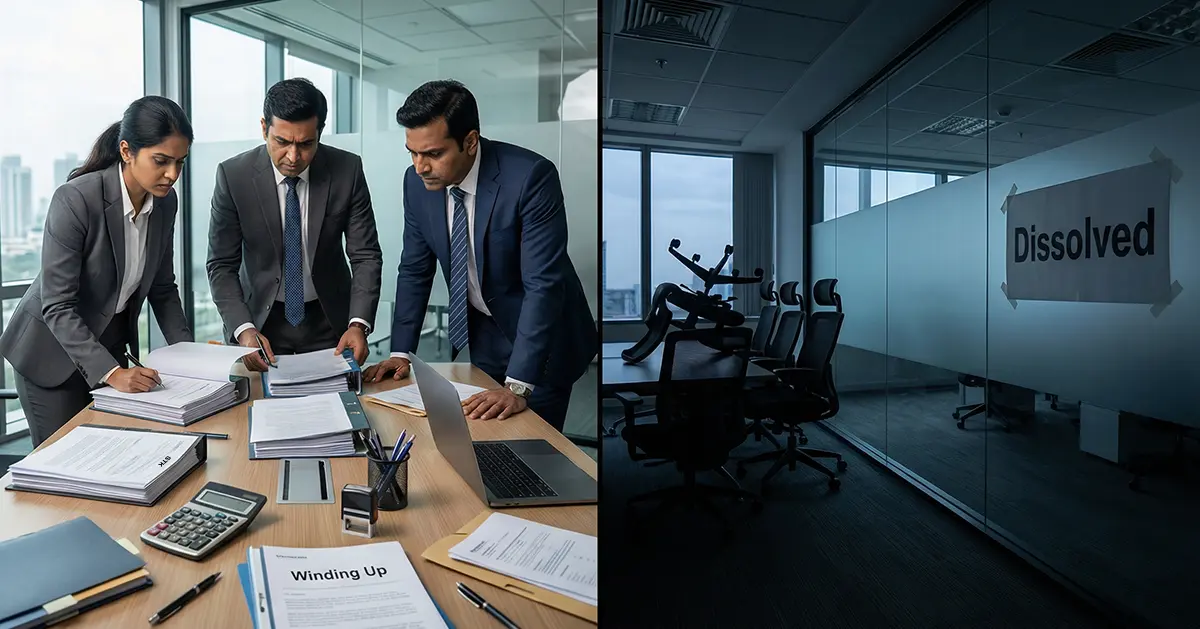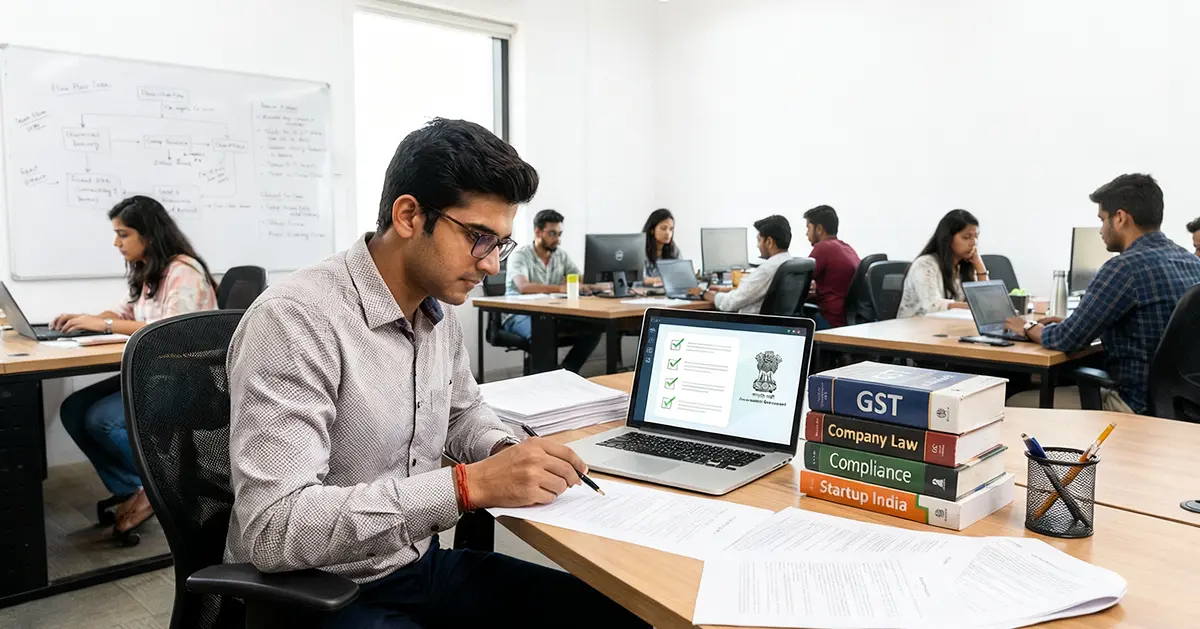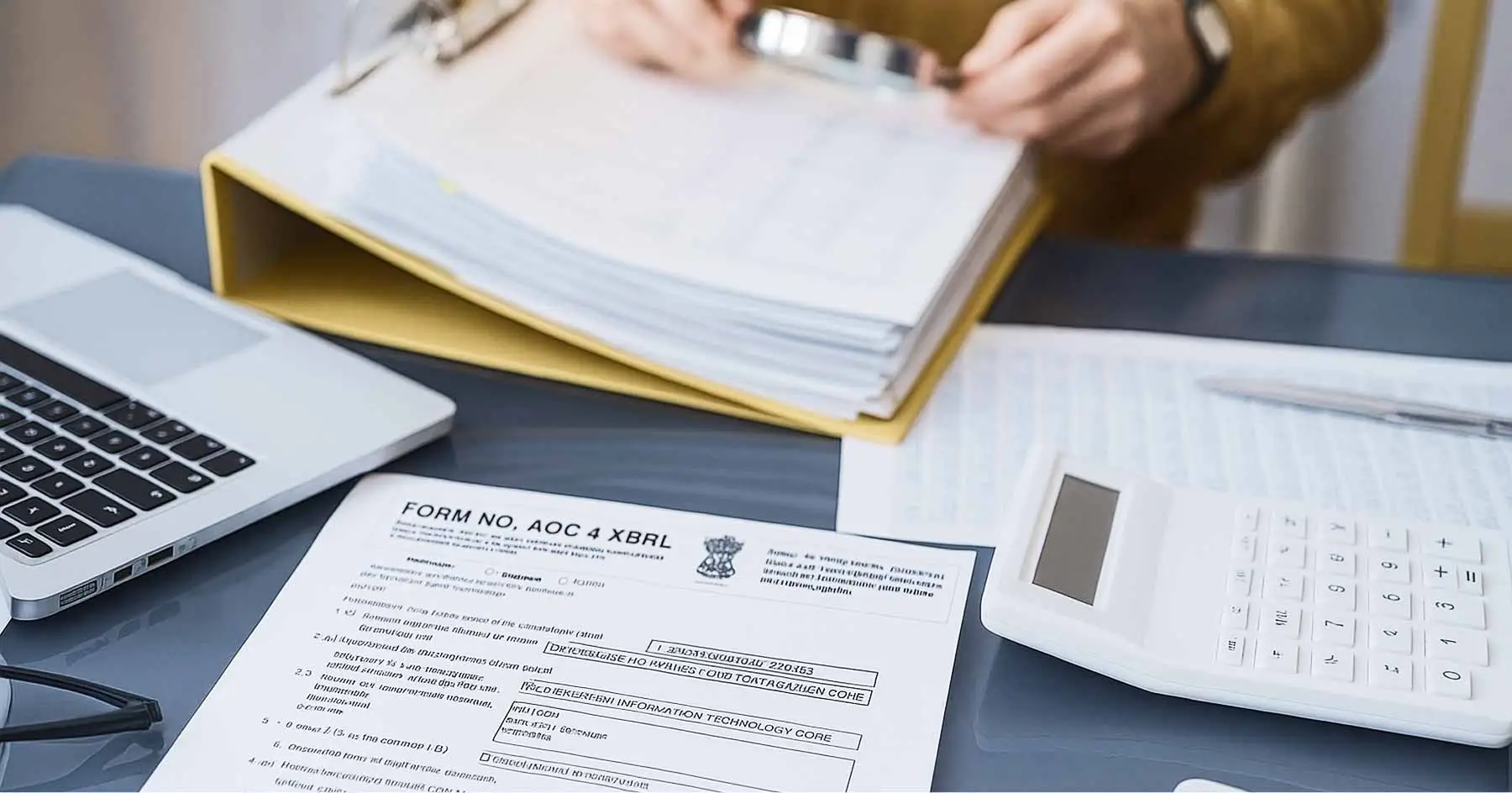
Introduction
The Delhi Pollution Control Committee is a statutory body working for the prevention and control of pollution in the National Capital Territory of Delhi. Every industry as well as every business which throws out pollutants into the environment needs a DPCC license. This blog shall provide an all-inclusive guide on the DPCC license and how to obtain one.
What is the DPCC License?
A DPCC license is legal permission granted by the DPCC to conduct a particular activity or to run an organization that results in the generation of pollution. Conditions and limits for carrying out the activity are defined through the license.
Types of DPCC Licenses
The type of DPCC license to be applied for would depend upon the type of industry or activity undertaken. Some of the commonly used types of DPCC licenses are as follows:
• Consent to Establish: It is needed for setting up a new industry or to enhance the already existing industry.
• Consent to Operate: It is required for conducting an already established industry.
• Consent to Operate for Specific Operations: It is necessary for specific operations of the industry like establishing new equipment or enhancing the production capacity. Procedure to Obtain DPCC License
Generally, the following were the steps and procedure followed in applying for a DPCC permit
1.Application Submission: write about the industry, location, nature of pollutant generated and control measures proposed
2. Site Inspection: The site is inspected by the officers of DPCC to verify information given in the application and to solicit their opinion on the potential environmental impact
3.Environmental Impact Assessment (EIA): An EIA can be made mandatory to assess the probable environmental impact of the proposed project
4. Public Hearing: A public hearing could be conducted for public comments and respond to all queries.
5. Consent to Establish: After approval of the application, DPCC can give consent to establish that would give a go ahead for the establishment of the industry.
6. Consent to Operate: After the installation, consent to operate must be sought to start operating the industry.
Key Requirements to Obtain DPCC Licence
• Fulfilment of Environmental Laws: The Industry is compulsorily required to abide by all the relevant environment laws and regulations.
• Pollution Control Arrangements: Industry must take adequate pollution control measures for controlling release and emission
• Monitoring: The Industries must keep checking its emissions and releases from time to time to maintain the permissible limits in light of its corresponding standards.
• Record Keeping: Maintain sound and detailed records on all environmental parameters and pollution control measures.
•Submission of Reports: Periodic submission to the DPCC on the pollution control measures status and compliance with regulations.
Significance of DPCC Licence
•Legality: Illegal in operational aspect as it does not have a DPCC license and may attract penalty or fees.
•Environmental Concern: Licensing with the DPCC ensures that the industries are environmentally compliant and ensure the minimum pollution of any area.
•Public Health: DPCC license monitors the pollution and thereby ensures that public health and protection of the environment is maintained.
•Sustainable Development: An empowerment under the DPCC license is referred as an encourager to sustainable development. It encourages the companies to be environment-friendly.
Challenges in Obtaining DPCC License
•Long procedures: The entire procedure from filing a particular application till its approval is somewhat complex and time-consuming.
•Permissions from authorities: Approval might be cumbersome as several authorities provide various kinds of permissions.
•Tight control: Following strict environmental regulations is costly.
•Public Outcry: Public outcry about industrial ventures can prolong the process.
Environmental Impact Assessment (EIA)
EIA is an all-round study of the foreseen environmental impacts of a suggested project. It is often applied in projects that are considered of large scale and may, therefore, have grave environmental issues. The EIA process includes
• Identifying Impacts: Potential environmental impacts of the project; these include air and water pollution, noise pollution, and changes in land uses.
• Mitigation Measures: Development of mitigation measures for the identified impacts.
• Public Consultation: Public participation in the decision-making process.
• Regulatory Approval: Acquisition of regulatory permits from DPCC, among other approvals.
Periodic Monitoring and Reporting
After receiving the license, there are several things that industries must do:
•Monitor Emissions: Emittance monitoring into the air and water that complies with the permissible level.
•Maintain Records: Maintaining correct records of all monitoring data, maintenance records, and the pollution control activities.
•Report Submission: Prepare and submit regular reports to the DPCC on pollution control measures and compliance with the regulation.
•Audit: Perform routine environmental audits to discover flaws and fix them.
Best Practices for Environmental Compliance
•Prevention and Control of Pollution: Use modern methods of prevention and control of pollution with the minimum emission.
•Energy Efficiency: Impolite energy efficiency technologies which may help in consuming less amount of energy and produce a lesser amount of greenhouse gas emissions.
•Waste Management: Use proper waste management practice that includes waste minimization, recycling, and safe disposal.
• Green Technologies: Implement the use of green technologies that focus mainly on renewable sources of energy and conservation of water.
• Employee Training: Train the employees on matters regarding environmental laws and best practices.
• Public Awareness: Involvement with the public in their locality to clear their questions and gain their confidence.
Challenges and Future Trends
The pharmaceutical industry also faces challenges with the aim of controlling the environment :
•It is highly sophisticated and always in a state of flux: the industrial regulatory environment cannot be abreast of what the latest requirements are.
•Quite expensive: emission control measures prove to be very expensive for small and medium-sized industries.
•Technological Limitations: Some of these industries lack the technologically needed to keep abreast with the rigorous environmental standards.
But there are quite a few positive trends associated with the pharmaceutical industry.
•Increased Environmental Consciousness: Increased environmental needs boost the love for adopting green practices in industries.
•Technological Innovation: New technologies and mechanisms are coming up to enable better environmental performance, including efficient wastewater treatment practices as well as energy-efficient processes.
•Government Incentives: Government policy schemes as well as policies can enable the adoption of green technologies and practices in industries.
By responding to the challenges above as well as embracing green practices, the pharmaceutical industry will ensure a clean and healthy environment.
Conclusion
Obtaining a license from the DPCC is important to industries in Delhi in order to implement environmental friendliness and to achieve the goals of sustainability. Most industries in Delhi get their licenses once they meet the requirements, procedures, as well as the challenges set for problems.




